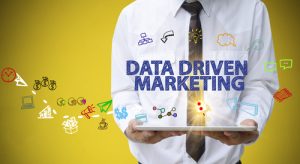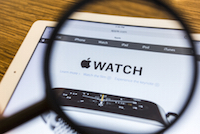Only a few segments of the medical marketing industry have embraced the “big data” advantages. Some health systems, hospitals, and the larger provider practices are now willing and able to collect and use data-smart information for marketing. There was a time when only the biggest industry organizations could draw down on healthcare data. That, however, is changing. Data-smart marketing plans are no longer limited to “the big guys.” Medical offices, practices and individual service lines of various sizes recognize the marketing value of working with the data that’s at their fingertips. Although data mining and related work is foreign territory for some marketers, the results are far superior to an old-school approach. Here are a few of the reasons that data-smart medical marketing will win out…today and in the future.
One-to-One Personalization: The most effective marketing and advertising will effectively connect with exactly the right person at exactly the right time. Meeting the needs and wants of the target audience—down to an individual level—provides a solution when they are most likely to act or to buy.
But the more enduring benefit of personalization is connectivity. Medical marketing can foster a continuing relationship and personal connection. When a marketing message is broadcast from one-to-many, the lack of an individual and personal touch feels cold and distant. On the other hand, an audience is receptive to a timely one-to-one message.
Predictive Analytics: Careful analysis of past behaviors can help marketing executives anticipate what a buyer (or group of buyers) is likely to do in the future. By anticipating an event, need or a trend, marketing executives can proactively present timely answers to the need.
Real-time reactions: Hindsight analysis can be useful for “next time” planning. But using real-time data analysis allows for immediate changes to an ongoing campaign. The ability to adapt and/or fine-tune an active campaign effort produces better results.
Efficient and cost-effective: Precision targeting—combined with computer power—allow for better placement, less waste, and a more cost effective marketing campaign.








